Churches 🢔 Religious architecture 🢔 Architectural wonders 🢔 Categories of wonders
Wonder
Assumption Cathedral in Volodymyr-Volynskyi
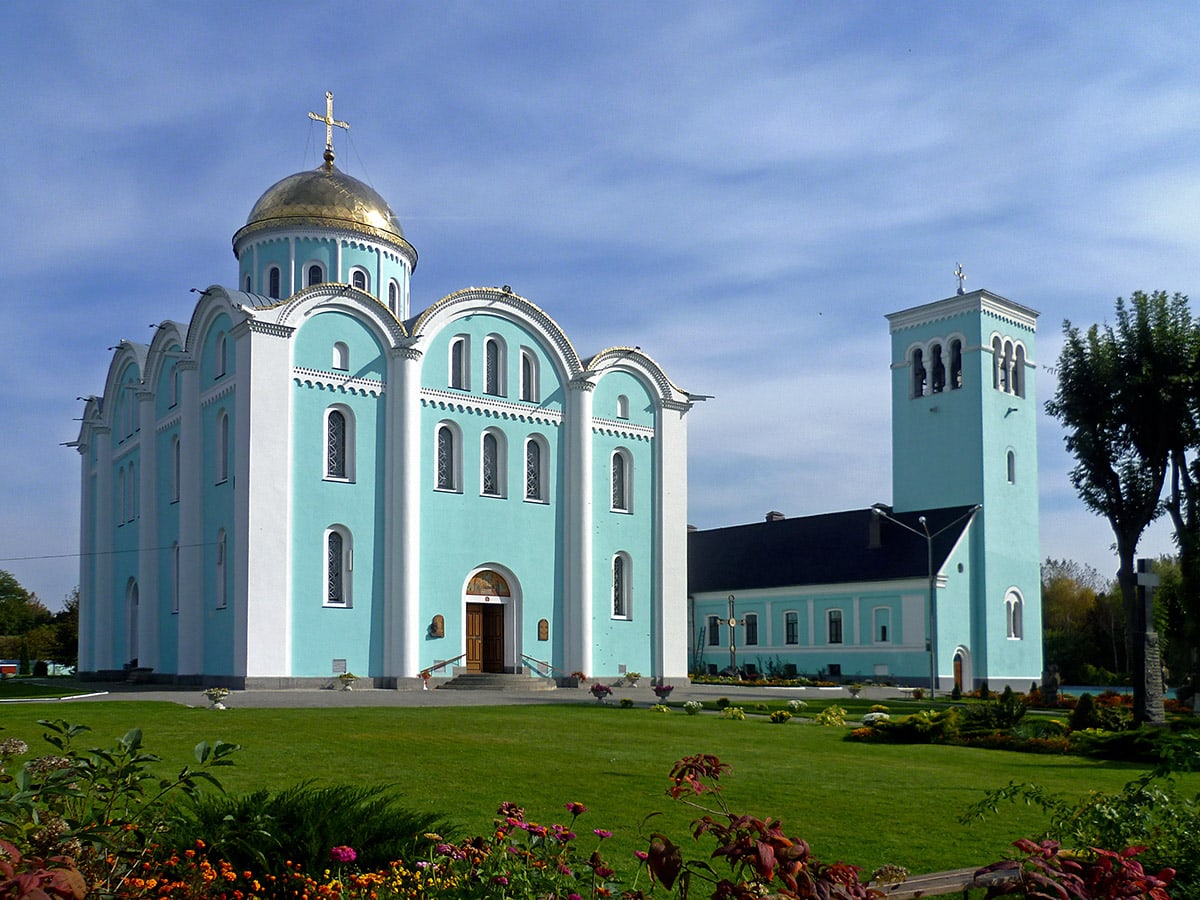
 In short
In short
Not too far from the Polish borders is located one of the oldest extant buildings in Ukraine – Assumption Cathedral in Volodymyr-Volynskyi. This is a resurrected monument from the times before the Mongol invasions, the westernmost cathedral of Kievan Rus.
 44.8%
44.8%
GPS coordinates
Alternate names
Name in Ukrainian
Architectural style
Year of construction
Branch of Christianity
Map of the site
If you see this after your page is loaded completely, leafletJS files are missing.
 In detail
In detail
History
Volodymyr-Volynskyi today may seem to be a rather unsightly town, but one millennium ago it was an important urban center – a capital of Volhynia, a historical Slavic principality.
This city was founded in the late 10th century and since 988 attained the status of capital. It is one of the oldest cities in Kievan Rus’.
Decision to build this church was taken by the grand-grandson of Vladimir Monomakh II – Mstyslav II Izyaslavovych, prince of Volodymyr, and later ruler of Kyiv. He decided to devote this church to Assumption.
Church was built in 1156. In 1160, after the painting of murals inside the church, it was consecrated and became a cathedral to the Volhyn eparchy. The church had very expensive and beautiful icons, books, and other valuables. For its time this was an enormous structure.
In the church have been buried six rulers of Volodymyr (including Mstyslav who died in 1170), two bishops, and many other noblemen. Rulers of Volhyn kept it in good order and made it into one of the most important churches in Kievan Rus’. Bishops of this eparchy had special rights. Next to the church was opened a school.
In 1240 – 1241 the city was taken by the powerful armies of Mongols led by Batu Khan. The city for the most part perished and the church was abandoned. Happily, Mongols did not destroy it, although many citizens died while protecting it and according to eyewitnesses the church was full with the bodies of deceased ones.
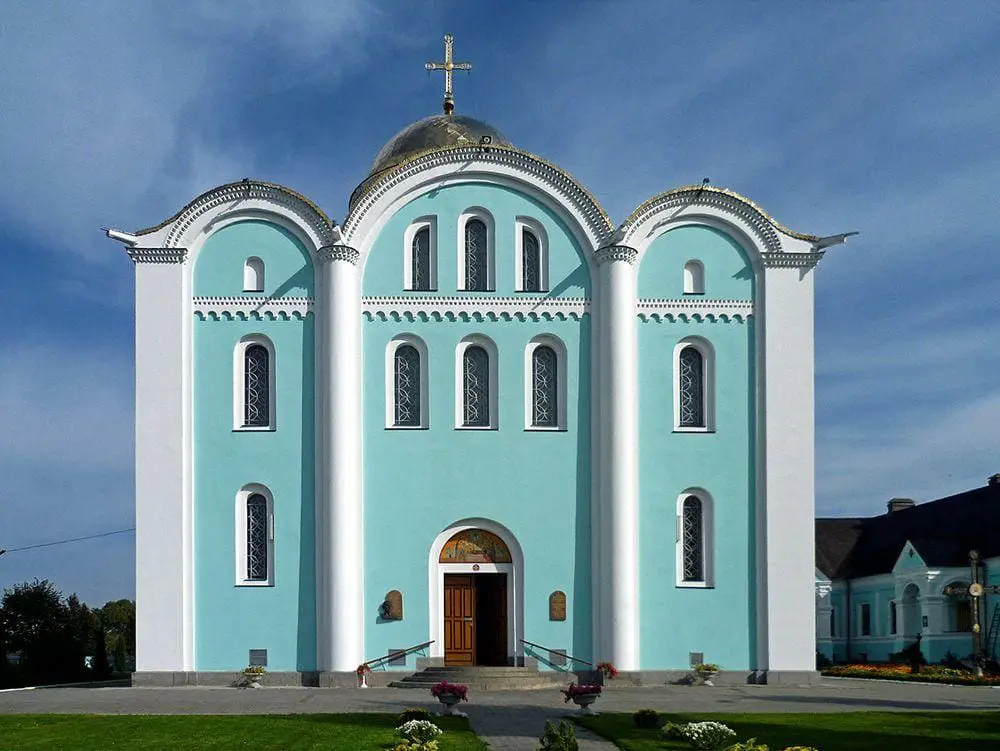
In 1491 Volhyn suffered from the Mongol raids again. After this raid, the church was fortified, and next to it was built a fortified residence of the bishop.
After the inclusion of Volhyn in Poland in 1569 it was decided to turn Orthodox churches into Catholic (Uniate) churches. After long quarrels Poles succeeded and in 1596 the Assumption Cathedral became a Uniate church.
In 1683 the church suffered in fire and was abandoned. In 1753 it was rebuilt, now in a Baroque style.
Soon after, in 1772 it was abandoned and used as storage capacity. In 1796 it was formally returned to Orthodox clergy. In 1829 the roof and domes were collapsed and the building was in ruins.
Happily the Cathedral of Assumption did not perish – in 1887 in Volodymyr-Volynskyi started to act a public organization, Brothership of Saint Volodymyr whose mission was to rebuild this church.
It was decided to return to the original architecture of this medieval church. Scientific evidence about the medieval church was obtained in archaeological excavations in 1886.
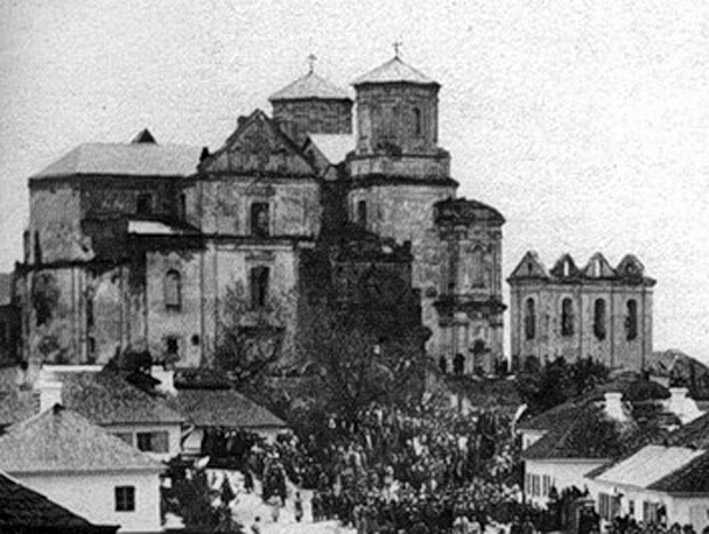
Rebuilding was led by A.Prakhov and G.Kotov and lasted from 1896 to 1900. The architecture of the church seems to be not very exact copy of the original medieval church – but nevertheless, it was not an easy task to recreate the architecture of the 12th century.
Description
The rebuilt church is simple, laconic but at the same time, it is impressive. Judging by its planning, it was built by the builders from Kyiv.
During the rebuilding in the late 19th century builders tried to remove later additions and leave the structures of the original church. Nevertheless, a lot of original constructions, as well as original murals and other artwork have been lost and now it is not that easy to tell what here is original (e.g. medieval) and whatnot. The weird light-blue color of the church almost certainly is a modern invention.
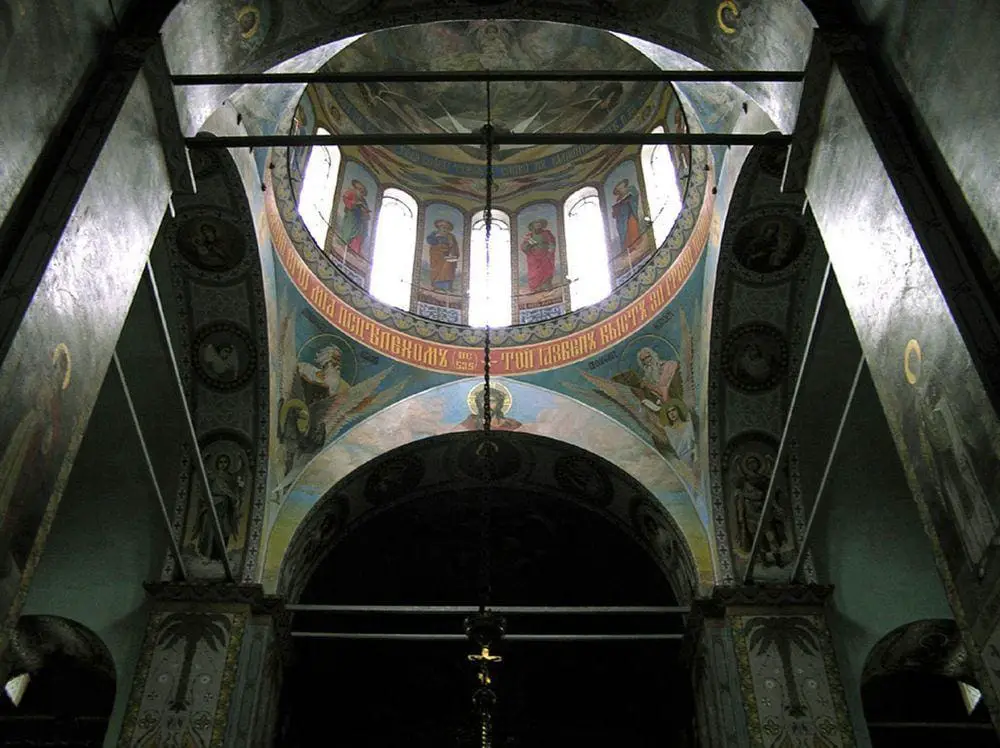
Cathedral of Assumption is located in the historical centre of Volodymyr-Volynskyi, at the Luga river. At the river is located a sacred spring and one could ask whether the church was not built at an older cult site as it is frequent in many other places.
Next to the church stands a belltower (built in 1900) and house of bishop. Unusual and valuable is the fortified residence of Volynian bishops (1494). Not too far from the church are also ramparts of the medieval city.
References
- Мстиславов храм успения богоматери в городе Владимире Волынском , 1900. Accessed in the 21st August 2015
 Linked articles
Linked articles
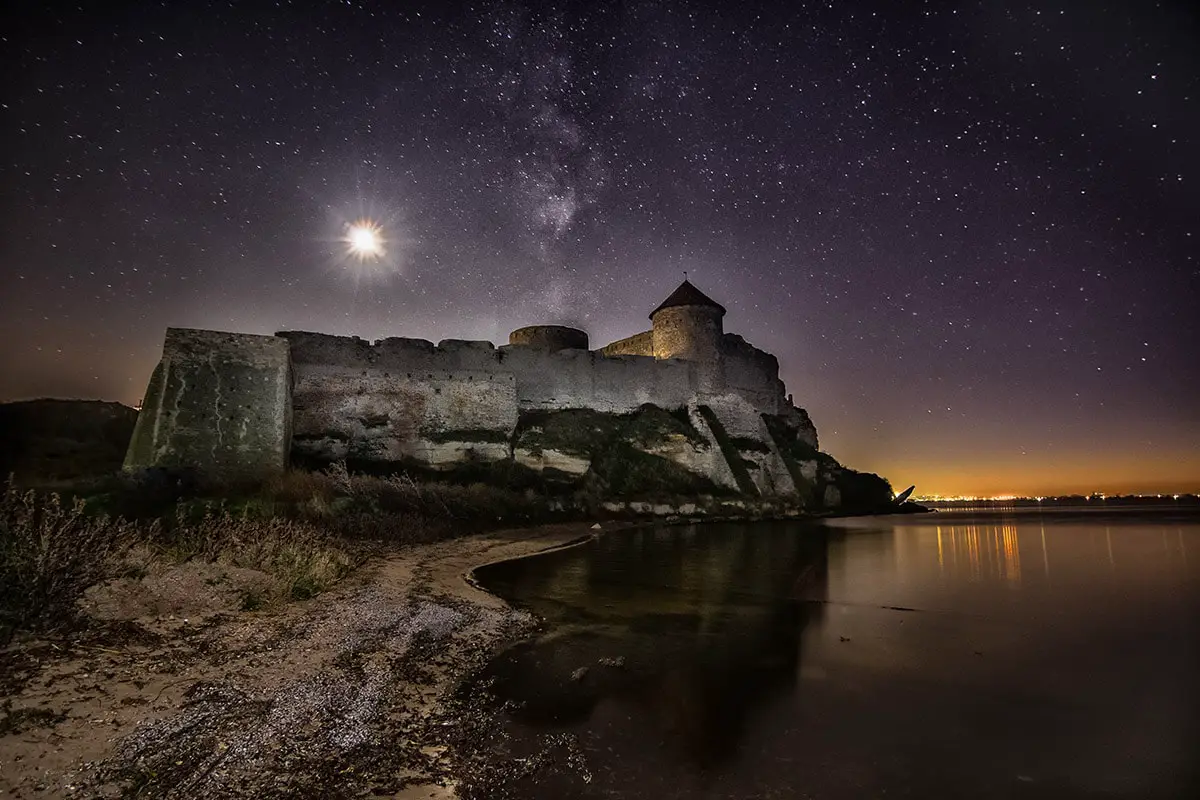
Wonders of Ukraine
Thus far the amazing heritage of Ukraine is too little known abroad. This enormous country has incredible wealth and diversity of heritage. The most interesting landmarks here are the medieval churches and monasteries of the Kievan Rus’, some unique prehistoric settlements, and some of the world’s longest caves.
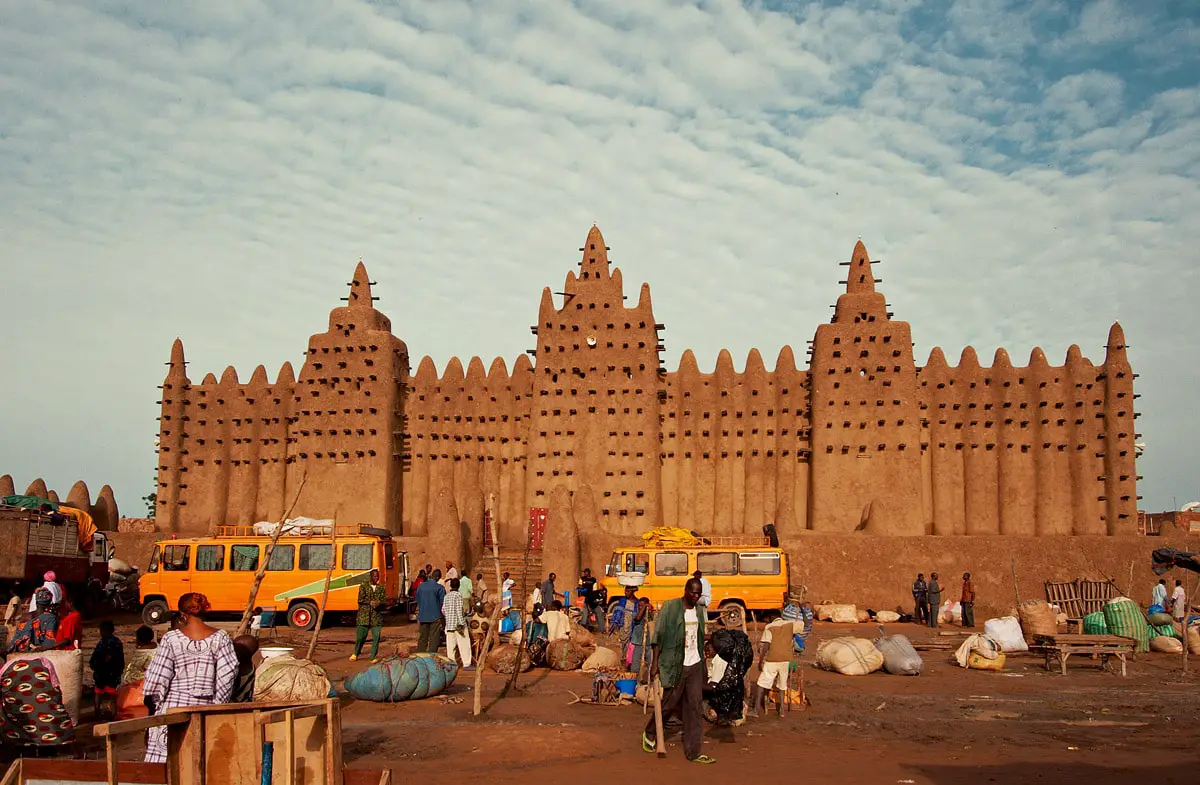
Religious architecture
Since ancient times human talents and skills have been expressed in religious architecture and arts, and traditions and rituals have evolved around pilgrimage sites. Religious buildings represent a major part of the highest achievements in architecture and crafts.
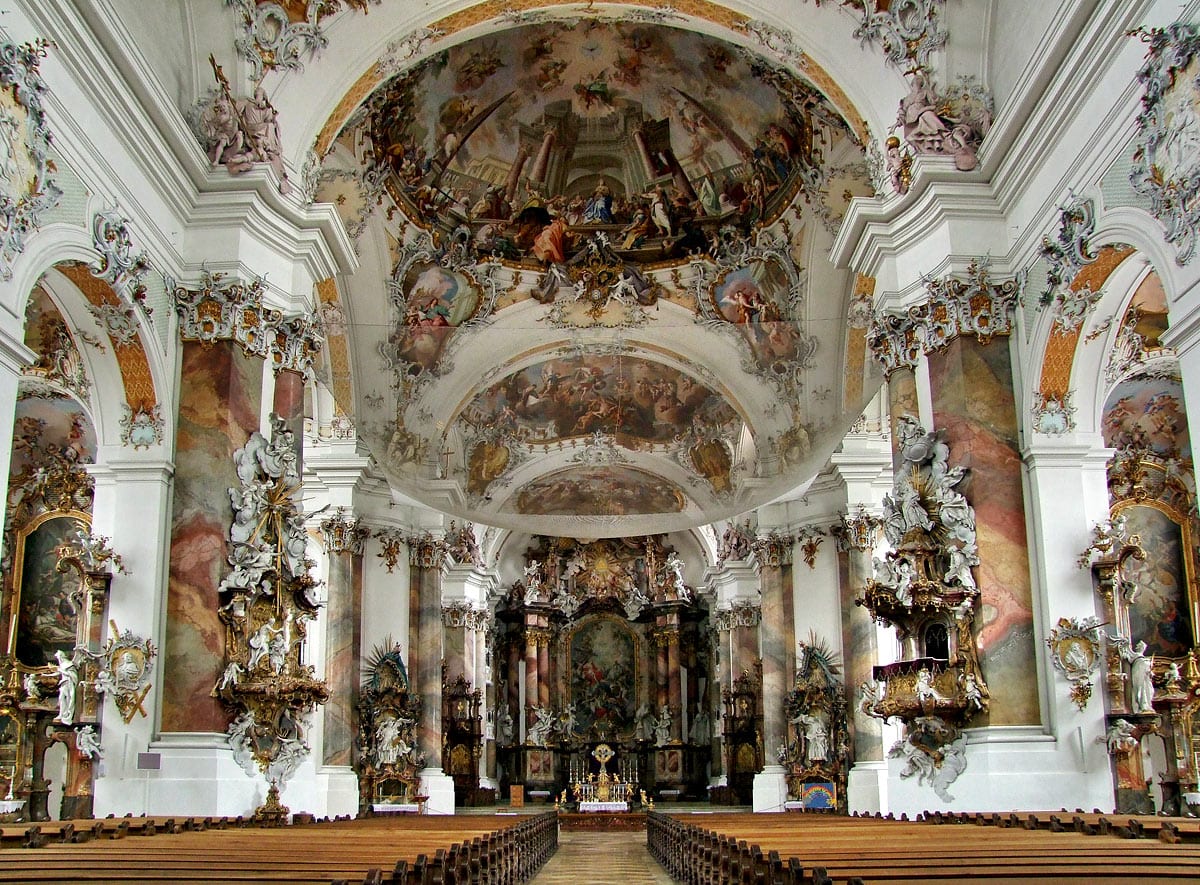
Churches
Throughout the millennia Christian churches have been the epitome of architecture and arts achievements in Western culture.
 Recommended books
Recommended books
Kievan Russia
The account of this little-known chapter of Russian history is based on a formidable mass of Slavic Byzantine, Germanic, and Oriental (notably Arabic and Persian_ sources. Much of this material is new, and the thorough utilization of all primary and secondary literature accumulated since Kluchevsky wrote his great history easily makes this volume the definitive study of the Kievan period in the English language.
Ukraine: A History
In 1988, the first edition of Orest Subtelny’s Ukraine was published to international acclaim, as the definitive history of what was at that time a republic in the USSR. In the years since the world has seen the dismantling of the Soviet bloc and the restoration of Ukraine’s independence – an event celebrated by Ukrainians around the world but which also heralded a time of tumultuous change for those in the homeland.


